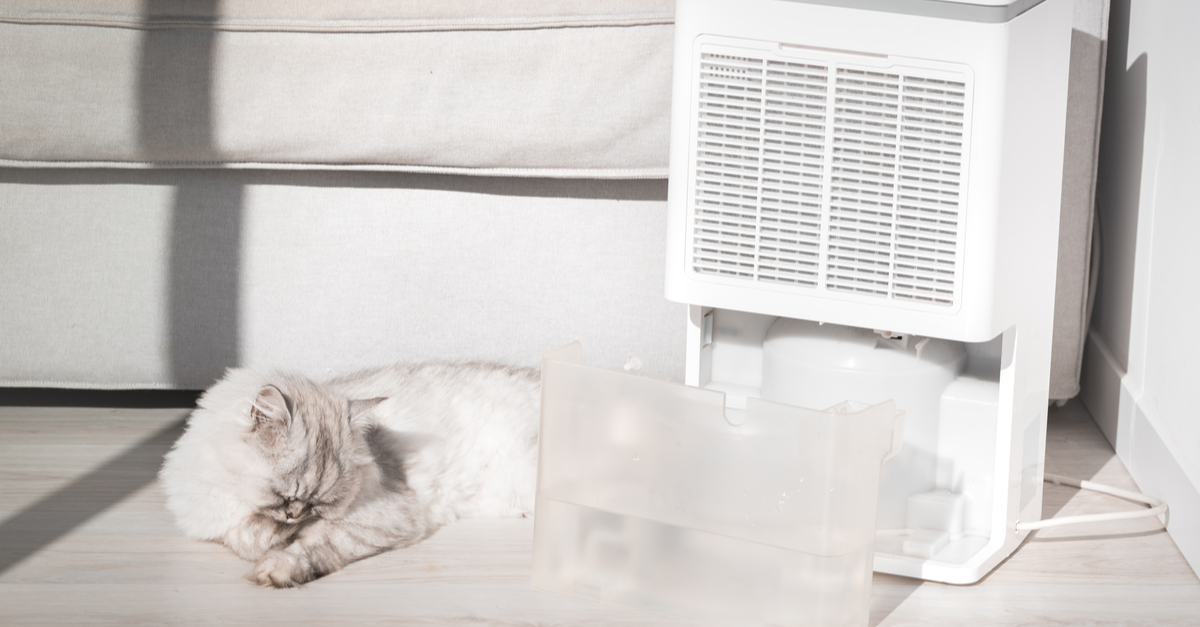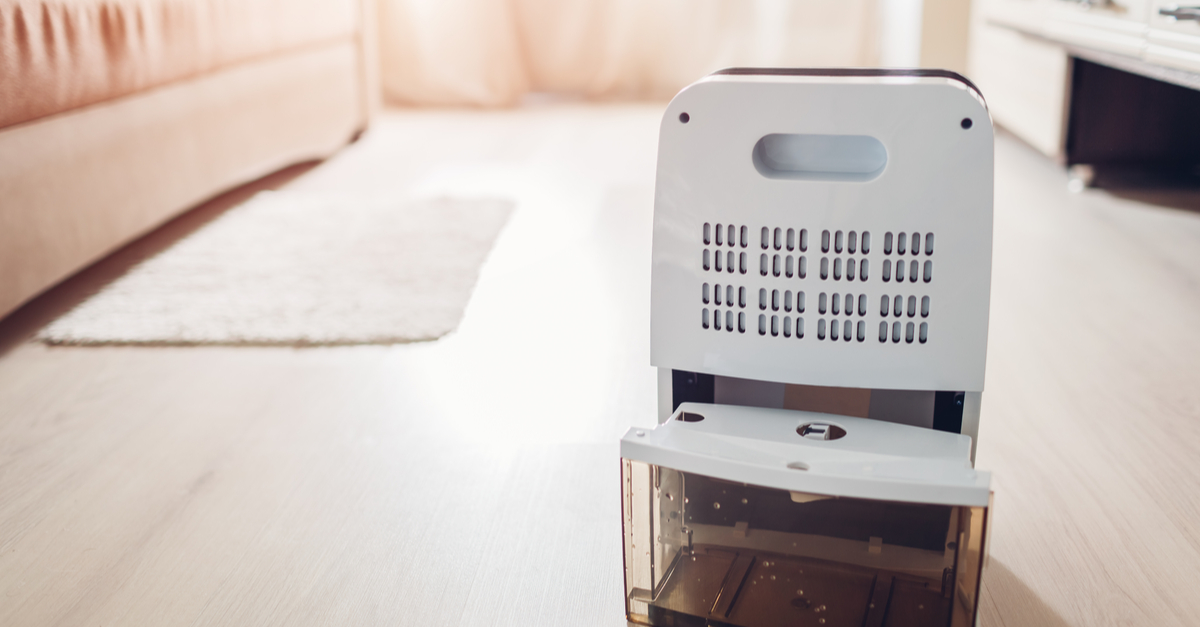
If you just bought a dehumidifier, you may have some questions about how it works and how to maintain it, and you’re not alone. Dehumidifiers can seem alien at first, but their mechanics are pretty simple to understand and even easier to take care of. This article will help you understand how quickly should a dehumidifier fill up with water and why. We’ll also discuss the mechanics of a dehumidifier and the best ways to keep it running optimally.
Why Dehumidifiers Collect Water
Dehumidifiers use small fans to suck in the air in your home. Once the air is in the dehumidifier, the moisture in the air is condensed using a cooling coil, similar to how a refrigerator works. The water condensed during this process is collected in the water tank to empty later.
And that’s the gist of how dehumidifiers work and why they collect water!
Speed of Water Collection
A dehumidifier will likely fill after six to seven hours of use. But this can differ depending on the dehumidifier model and size as well as the amount of moisture present in the air. A 30-pint dehumidifier will likely fill up one to three times over 24 hours if the room is humid.
If your dehumidifier is filling up faster than this, it just means the space is super humid. The dehumidifier is working hard to adjust the relative humidity.
Amount of Water Collected
In a humid room, a dehumidifier can collect up to 20 liters a day. For a small residential dehumidifier, this will nearly fill the water basin. Even if the water tank isn’t completely full, it’s still best practice to empty it once a day.
Benefits of Dehumidifiers
Owners of dehumidifiers know they have many benefits to offer households. People use them to make their air comfortable, but dehumidifiers bring more than just comfy air.
More Comfortable Environment
The first and most obvious benefit of a dehumidifier is that your environment should have lower relative humidity and be more comfortable for everyone. Humid air is taxing on humans and results in fatigue and bodily discomfort. There is no reason to suffer through this, and air conditioners often only help part of the problem.
Reduces Allergy Symptoms
Damp air and the presence of mold can cause you and your family to experience allergy symptoms. These can be worse in some people that have a specific intolerance to mold but generally, people experience the following symptoms:
- Sneezing
- Wheezing
- Coughing
- Fever
- Trouble breathing
- Itchy eyes
- Runny nose
These symptoms can be significantly reduced or eliminated by using a dehumidifier.
Eliminate Odors
If you live in a moist location, your home may sometimes exude an unpleasant odor that is musty and thick. Odors often occur in basement apartments with carpeting or homes near swampland.
As dehumidifiers remove moisture from the air, they will also eliminate these unpleasant odors at the source. This is a much better solution than candles or air fresheners because the smell is destroyed at the source. The dehumidifier should also prevent the smell from returning if you use it regularly.
Risk of Health Conditions
Individuals that suffer from asthma or other respiratory conditions may have trouble breathing in damp climates. A dehumidifier will remove moisture from the air, making it easier for everyone, especially these individuals, to breathe.
Damp areas also promote mold and bacteria growth; a dehumidifier can lower the risk of mold infestation. When mold is in your space, mold spores disperse into the air you breathe, and this can cause health conditions as mild as a cough to as severe as a fever or breathing problem.
Save Energy
When the relative humidity is high, it makes the environment feel warmer and often uncomfortable. This forces people to use air conditioners to cool down their space, so it’s comfortable. But air conditioners use a lot more energy to run than dehumidifiers do, so you’ll end spending more on electricity when you use an AC unit to cool your space.
A small residential dehumidifier uses about the same amount of energy that your toaster does, which isn’t very much.
Bottom Line

Dehumidifiers are an excellent appliance to have in your home if you struggle with a damp climate. They are easier to operate and maintain than many people think, and hopefully, this piece has enhanced your understanding of how the dehumidifier should work.
The key to a happy dehumidifier is to keep it clean and keep the water basin empty, so don’t neglect your dehumidifier, and it will serve you well for years to come.
FAQ
Can my dehumidifier overflow?
Practically every dehumidifier on the market has a sensor that knows when the basin is full, and will automatically stop pulling moisture from the air. So your dehumidifier should never overflow as long as the sensor is working.
Why isn’t my dehumidifier collecting water?
There are really only two reasons your dehumidifier wouldn’t collect any water.
The first is that there isn’t much moisture in the air for your dehumidifier to collect. If you think this is the case, you can turn off your dehumidifier until the space feels damp or heavy again.
The second is a malfunctioning unit. This could be due to a myriad of issues. Before calling a professional or replacing your dehumidifier, give it an excellent cleaning. Sometimes, a build-up of gunk causes the coils to stop working or the fan to break.
Clean your coils and entire dehumidifier before throwing in the towel.
How often do I need to empty the water tank?
The correct answer is every time the water basin is full, it should be emptied. If this isn’t realistic for you, then the dehumidifier should be emptied once a day. If the room has high relative humidity, the best way to control it is to empty the tank as often as you can.
